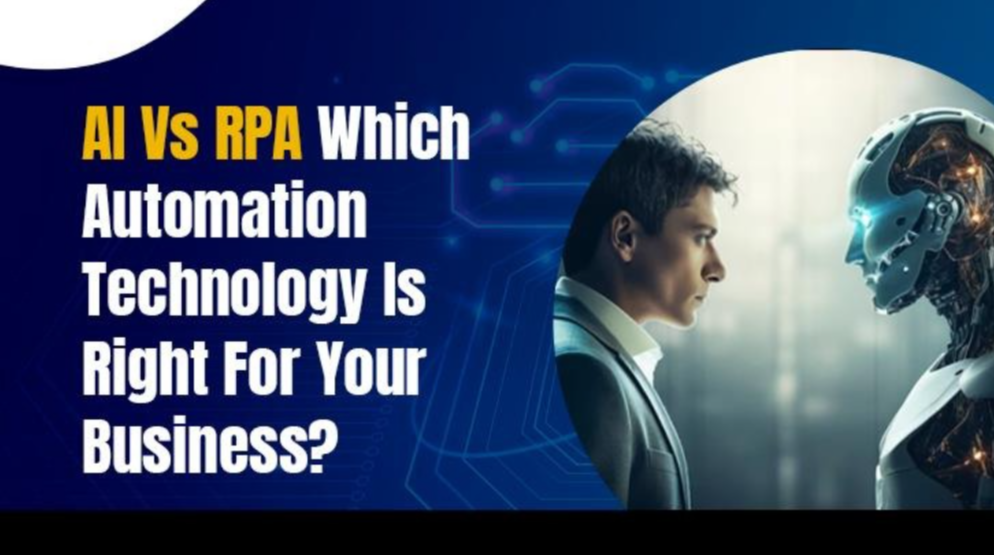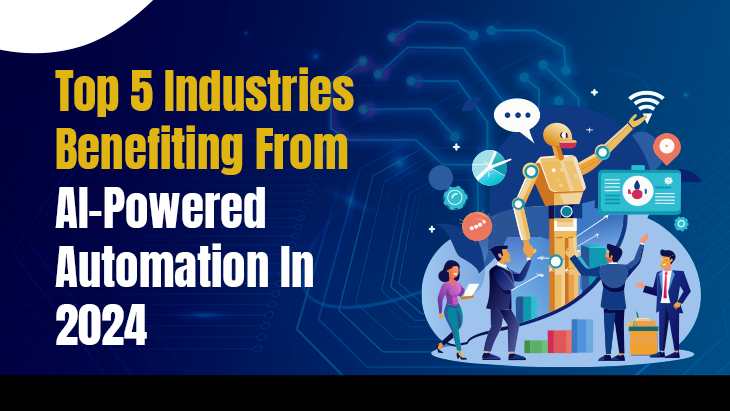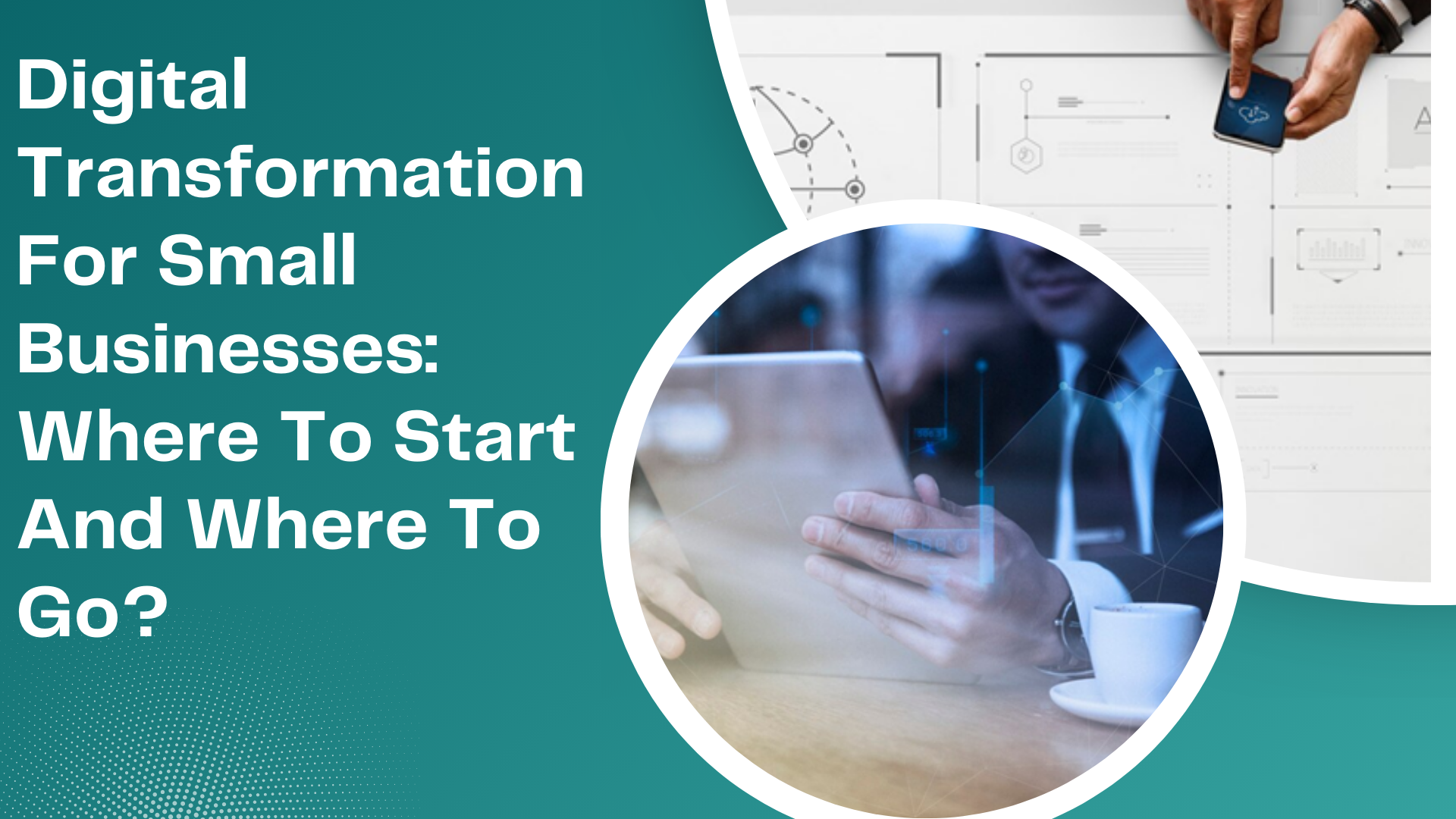As businesses continue to evolve in the digital age, automation has become essential for optimizing operations and staying competitive. Two of the most transformative technologies leading this automation revolution are Artificial Intelligence (AI) and Robotic Process Automation (RPA). Both offer significant value, but they operate differently, and understanding these differences can help you determine which technology is best suited for your business needs.
In this blog, we’ll break down what AI and RPA are, how they differ, and explore how to choose the right technology to drive your business forward.
What is Artificial Intelligence (AI)?
Artificial Intelligence refers to systems that mimic human intelligence to perform tasks, learn from data, and adapt over time. AI encompasses a wide range of technologies, including:
Machine Learning (ML): AI systems that learn from large datasets and improve performance without explicit programming.
Natural Language Processing (NLP): Systems that understand and generate human language.
Computer Vision: AI technology that allows machines to interpret visual data like images and videos.
AI can solve complex problems, predict outcomes, and make intelligent decisions based on patterns in data. It goes beyond automation by simulating human-like intelligence in tasks such as customer service, medical diagnosis, fraud detection, and personalized marketing.
What is Robotic Process Automation (RPA)?
Robotic Process Automation (RPA), on the other hand, focuses on automating repetitive, rule-based tasks by using software "robots." RPA robots can interact with applications and systems just like humans to perform tasks such as:
- Data entry
- Form processing
- Invoice management
- Data transfer between systems
RPA is ideal for automating processes that are manual, repetitive, and structured, without needing much human judgment. It’s quick to deploy and highly efficient in reducing labor-intensive tasks, making it a popular choice for industries like finance, HR, and customer service.
Key Differences Between AI and RPA
While both AI and RPA fall under the broader category of automation technologies, they differ significantly in their applications and capabilities:
1. Functionality and Complexity
AI: Capable of simulating human intelligence, learning from experience, and making data-driven decisions. It can handle unstructured data (like natural language and images) and adapt to new information.
RPA: Executes rule-based tasks by mimicking human actions. It is ideal for processes that follow predictable, repetitive patterns. RPA doesn’t "learn" or adapt but strictly follows programmed instructions.
2. Implementation and Integration
AI: Requires complex algorithms, data training, and system integration. Implementation can be more challenging as it involves developing models, feeding large datasets, and continuous improvement.
RPA: Easier to implement with lower upfront costs. It’s designed to work on top of existing systems, without needing significant changes in IT infrastructure.
3. Data Handling
AI: Can work with unstructured and complex data (images, text, speech). AI algorithms analyze patterns, learn from data, and provide insights.
RPA: Primarily works with structured data, following specific instructions. It transfers data between systems but cannot interpret or analyze data the way AI can.
4. Learning and Adaptation
AI: Continuously learns and improves from historical data, enabling it to make better predictions and decisions over time.
RPA: Static and rule-based. It follows a set of programmed instructions without any learning or adaptability. Changes to the process require manual reprogramming.
When to Choose AI
AI is best suited for businesses looking to automate complex decision-making tasks or those needing to process and analyze vast amounts of unstructured data. Here are some situations where AI might be the right choice:
Predictive Analytics: If your business requires analyzing trends or predicting future outcomes (e.g., demand forecasting, stock market predictions), AI can provide valuable insights.
Personalized Customer Experience: AI can enhance customer interactions through chatbots, virtual assistants, and recommendation engines. For example, AI chatbots can handle customer inquiries by understanding natural language, providing accurate responses, and learning from each interaction.
Data-Driven Decision Making: AI excels at sifting through large data sets and identifying patterns that may not be obvious to humans, helping companies make informed decisions.
Automation in Healthcare or Finance: AI can aid in detecting fraud in financial transactions or assist doctors in diagnosing diseases based on medical images.
When to Choose RPA
RPA is best for businesses looking to automate routine, rule-based processes that do not require deep decision-making or analysis. Here’s when RPA might be the right fit:
Back Office Automation: For tasks like data entry, invoice processing, and updating customer records, RPA can significantly reduce human error and improve efficiency.
Streamlining Repetitive Tasks: If your employees spend a significant amount of time on repetitive tasks (e.g., filling out forms, copying data between systems), RPA can automate these functions to free up their time for higher-value activities.
Rapid Deployment: If you need quick automation with minimal disruption to your existing systems, RPA can be implemented in weeks, compared to AI, which often takes longer to integrate.
Scalability in Operational Tasks: RPA robots can handle large volumes of routine transactions, making it ideal for industries such as HR, finance, and customer service, where tasks like payroll processing, order management, or responding to standard customer queries are common.
The Best of Both Worlds: Combining AI and RPA
Many businesses are now combining the strengths of AI and RPA to create more advanced automation solutions. By integrating AI with RPA, companies can automate end-to-end processes that involve both routine and cognitive tasks. This hybrid approach leverages RPA for rule-based tasks while AI handles the decision-making and data analysis aspects.
For example:
In customer service, RPA can handle basic data entry and process tickets, while AI-powered chatbots engage customers with personalized conversations and escalate complex queries to human agents when necessary.
In finance, RPA can automate the data collection and entry for financial reporting, while AI analyzes the data for insights and predictions.
Conclusion: AI or RPA – Which is Right for Your Business?
Choosing between AI and RPA depends on your business’s specific needs and goals. If your focus is on automating simple, repetitive tasks with minimal complexity, RPA is likely the right choice. It’s easy to implement, cost-effective, and delivers immediate efficiency gains. However, if you’re looking to leverage data-driven decision-making, improve customer interactions, or enhance business processes with advanced intelligence, AI is the way to go.
In many cases, combining AI and RPA provides the best results, offering businesses the ability to automate both rule-based tasks and more complex, cognitive processes.
Evaluate your current challenges, business objectives, and resources to determine the most effective automation technology for your company—and take the first step toward a more efficient, innovative future.

















Post Comments